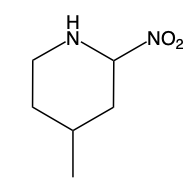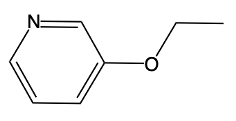Everyone, in this video, we're going to take a look at naming heterocycles. Now, what exactly are heterocycles? Well, they are cyclic compounds composed of carbon and one or more heteroatoms. The heteroatoms that we're going to look at are oxygen, sulfur, or nitrogen.
When it comes to heterocycles, we say that saturated and unsaturated heterocycles are named differently. We're going to look at the naming convention for the saturated ones first. We'll say here that the parent chain is named as a cycloalkane with a prefix to indicate the type of heteroatom within it. Now we have oxygen, sulfur, and nitrogen. Their prefixes are: for oxygen, it's "oxa"; for sulfur, it's "thia"; and for nitrogen, it's going to be "aza".
Substituents are assigned location numbers and the heteroatoms are given the location of 1. Now, what happens if you have more than one heteroatom within your heterocycle? Well, we can follow a priority. We're going to say the priority if more than one heteroatom is present is oxygen before sulfur before nitrogen. And the memory tool that we can use to remember this order is that we open snacks nightly.
Now, if we take a look here at our heterocycle, it's a six-membered ring with oxygen within it. Our naming convention is the location of the substituent, then we have the prefix of the heteroatom followed by the parent chain name. In this example, we don't have a substituent on the ring; we just have the ring with oxygen within it. So it's a six-membered ring, so it would be cyclohexane, and we've replaced one of the carbons with an oxygen. Remember, for oxygen, its prefix would be "oxa".
So the name of this heterocycle would just be "oxa cyclohexane" all as one word. Right? So these are the rules that we'd follow when naming saturated heterocycles.












